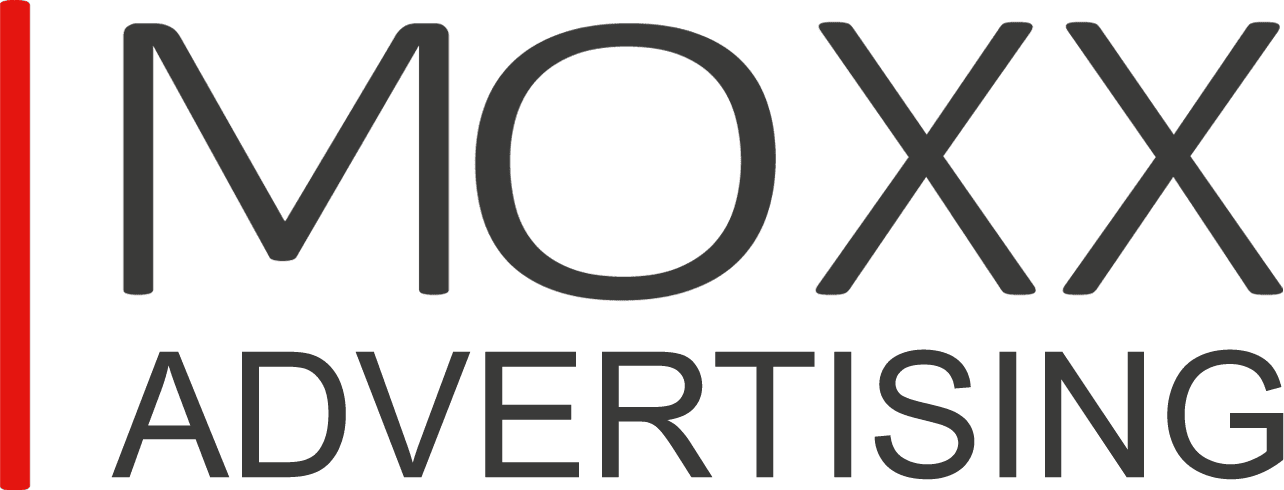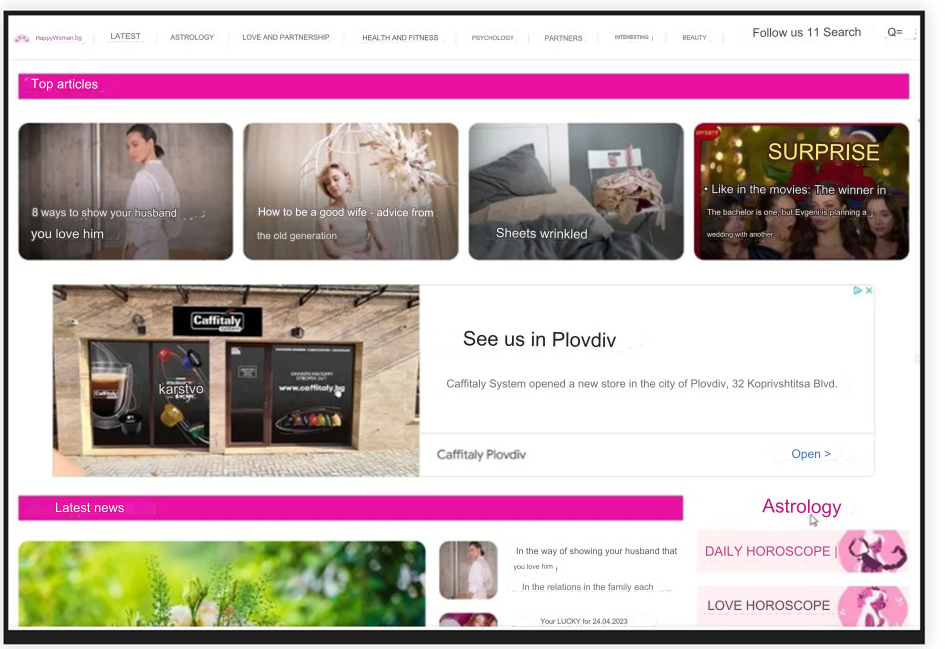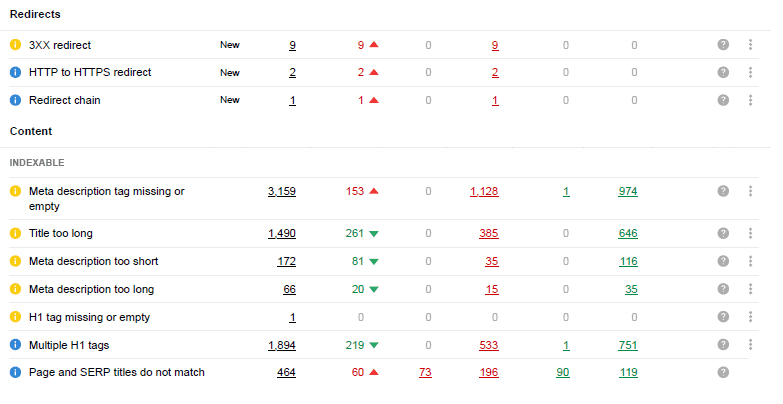When we took on the project, we encountered the most common issues found in similar websites left without technical support and without proper tracking in the SEO process:
- Poor ranking
- Frequent website downtimes
- Non-functional modules
- Slow loading speed
- Numerous categories and fragmented articles.
Reasons for poor ranking
HappyWoman.bg is an online media primarily focused on the female audience, publishing articles about horoscopes, fashion, recipes, psychology, and everything interesting and relevant to the theme. The website is built on the CMS WordPress. All publications are shared in 15 Facebook groups. For 2 years, the website has been practically on autopilot regarding maintenance and optimisation. Despite an increase in the number of users, website outages were daily, and the site relied mainly on Facebook users.
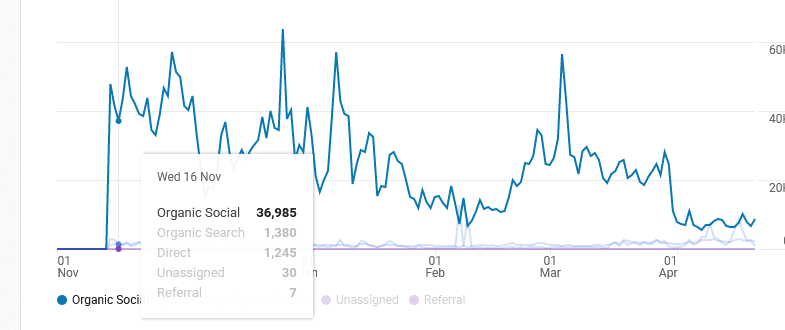
As seen from the graph, there is a significant lack of organic traffic (1380) and direct traffic (1245) compared to the traffic from Facebook (36,985).
After conducting an SEO audit, we identified the following issues:
- Tag-to-article ratio is 3:1. New tags were added to each article.
- Missing meta descriptions for articles and categories.
- Lengthy titles.
- Too many categories.
- Links through tags that are set as noindex.
- Chaotic uploading of images with poor quality or very large size.
Reasons for frequent outages and slow loading speed
The frequent outages forced the website owner to constantly upgrade the hosting plan, which increased costs. The outages did not follow any pattern, and despite numerous discussions with the hosting company, there was no adequate explanation for the problem. All of this led to the indexing of 404 errors in Google Search Console during peak traffic moments, resulting in a loss of visitors.
The technical audit revealed the following problems:
- Low loading speed.
- Too many installed modules.
- Missing essential optimisation modules.
- Extremely large size of JavaScript and CSS files – 7 MB.
Let’s follow the chain of events… To prevent site outages, the hosting plan was upgraded without investigating the root cause. At the same time, there was no tracking of rankings and optimisation efforts; the focus was on creating a large number of articles and tags without monitoring the results. Additionally, modules with duplicate functions were added for optimisation, and links embedded in tags were prohibited from indexing.
…Someone needs to be prohibited from tampering with websites.
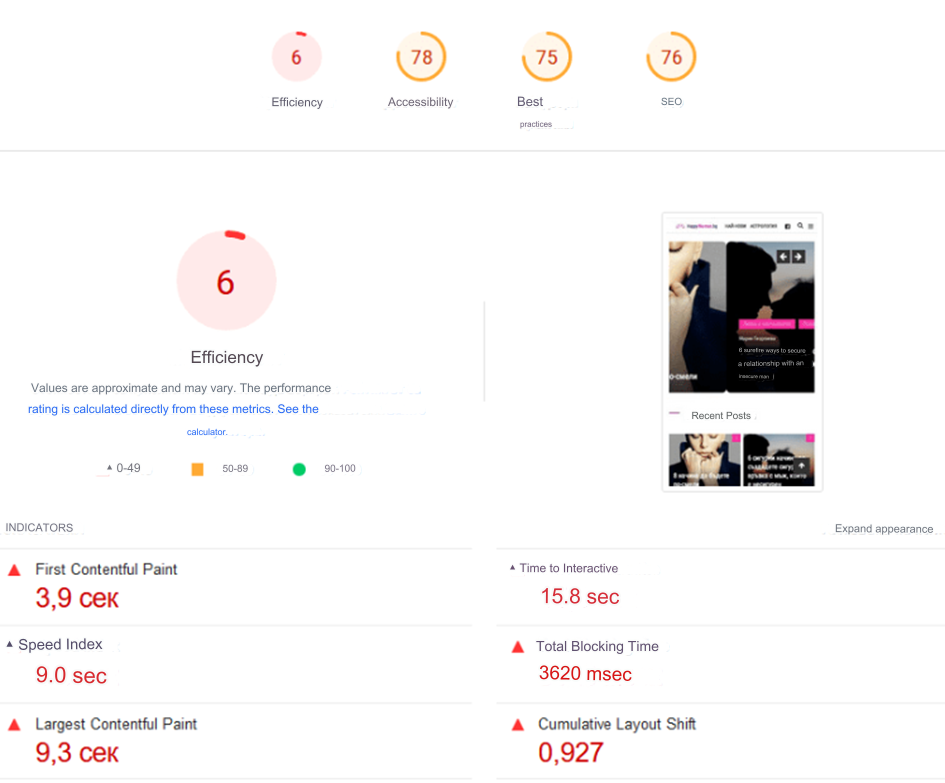
How did we solve the problems together?
Initially, the client was reluctant to make significant changes, but after experiencing frequent outages followed by a sharp decline in AdSense revenue, they agreed to take action. We moved the website to a dedicated server and worked with our colleagues to set up logs and install the Query Monitor plugin. Within just 15 minutes, we observed a staggering number of errors: 10,000 queries per minute to the database, system errors in the requests, and invalid queries.
Upon further investigation, we discovered that the issue was caused by an internal tag generation module that kept trying to overwrite the tags in the website’s database repeatedly.
We systematically deactivated and removed all unnecessary modules and plugins, which promptly resolved the errors. Following this, we performed a comprehensive technical optimisation by installing the WP Rocket and Smush modules. After conducting thorough tests and optimising the images, JavaScript, and CSS files, using a proven method applied to all our projects, we achieved the desired results.
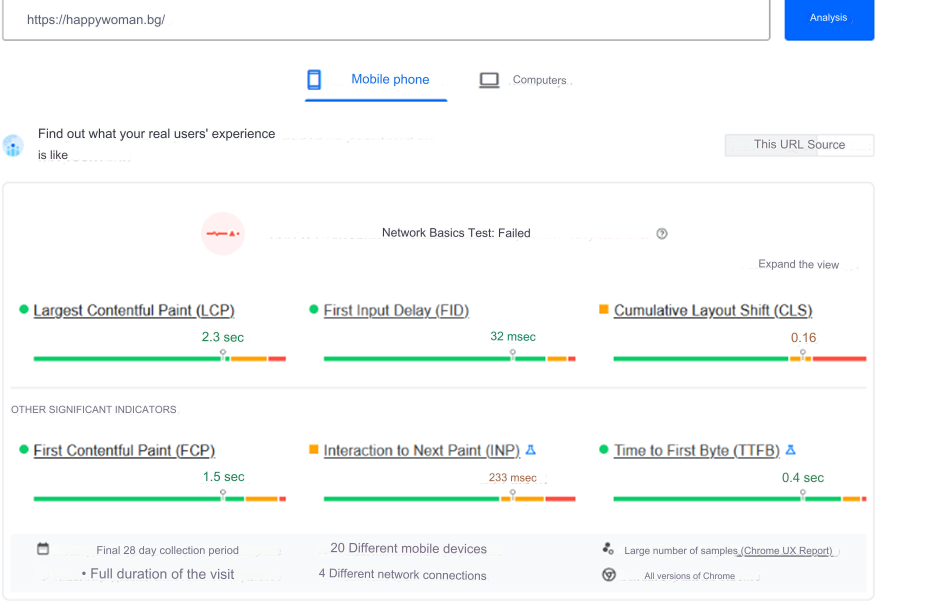
Please note that this type of technical optimisation requires a lot of attention, and I strongly recommend seeking assistance from a specialist. Additionally, it is crucial to back up your website or perform tests on a dev server.
If you are using both WP Rocket and Smush together, pay attention to their Lazy load functions. We typically disable the Lazy load feature in WP Rocket and use the one provided by Smush.
It may be necessary and advisable to disable the Lazy load feature for specific pages if you notice any theme-breaking issues.
The essential SEO
After resolving the main issues, we could focus on the website’s ranking and content. We initiated a comprehensive update starting with the design.
The overall appearance was poor, lacking a clear structure. We performed a general revision by removing unnecessary and low-rated articles from the homepage. We provided training to the authors on how to structure meta descriptions, titles, alt descriptions, and image names.
We began indexing the tags, which was a suitable solution for now, as the main links and most of the traffic passed through them.
A complete restructuring of the categories followed, as there were 20 categories with only 1-5 articles inside each.
Next, we optimised the tags, and among them, there were 4000 with only one article each. To address this, we provided personalised training based on an instruction guide we created, focusing on creating categories and tags more thoughtfully.
Always set up a 301 redirect to a relevant category or tag in Rank Math when deleting content. Use tools like Ahrefs or SemRush to track the results.
Through the Rank Math plugin, we optimised the sitemap files by splitting them into separate ones for articles, tags, categories, etc. We generated a new robots.txt file and created automated rules for meta descriptions, meta titles, and missing alt descriptions for images.
Our On-site optimisation team reviewed and manually rewrote a significant portion of the meta data.
If you are using Schema Pro, we recommend disabling the Schema (Structured Data) function in Rank Math to avoid duplication.
Analysing the traffic with Google Analytics, we discovered that horoscopes were among the most visited content. We redesigned the template to allow for daily horoscope articles to be generated. The template generates an article with the current date for the archive, while the main pages only update the content. We displayed these main articles on the homepage along with top news to make it easier for visitors.
We installed the Blog2Social module, enabling automatic sharing of each article to social media, reducing the time spent by the main editor on this activity by 80%.
Additionally, we upgraded to the Ad Inserter Pro version of the module for better ad positioning and tracking.
The final results after optimisation
- Noticeable improvement in website speed and technical condition.
- Increased organic and direct traffic to the site.
- Enhanced website appearance and user experience.
The entire optimisation process took us 3 months to complete, and we have planned tasks for the next 6 months to further improve the website. Similar optimisations are neither quick nor easy, as they require thorough auditing and extensive communication and training with the client.
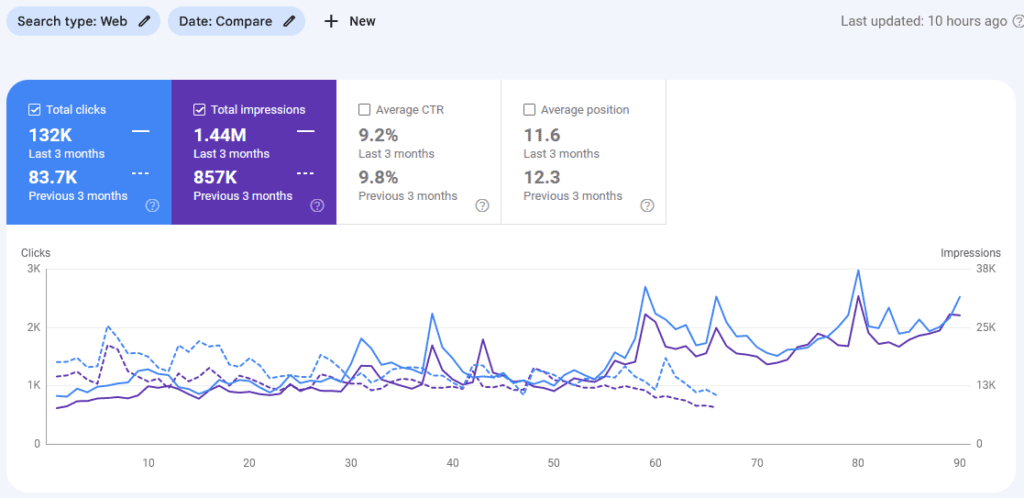
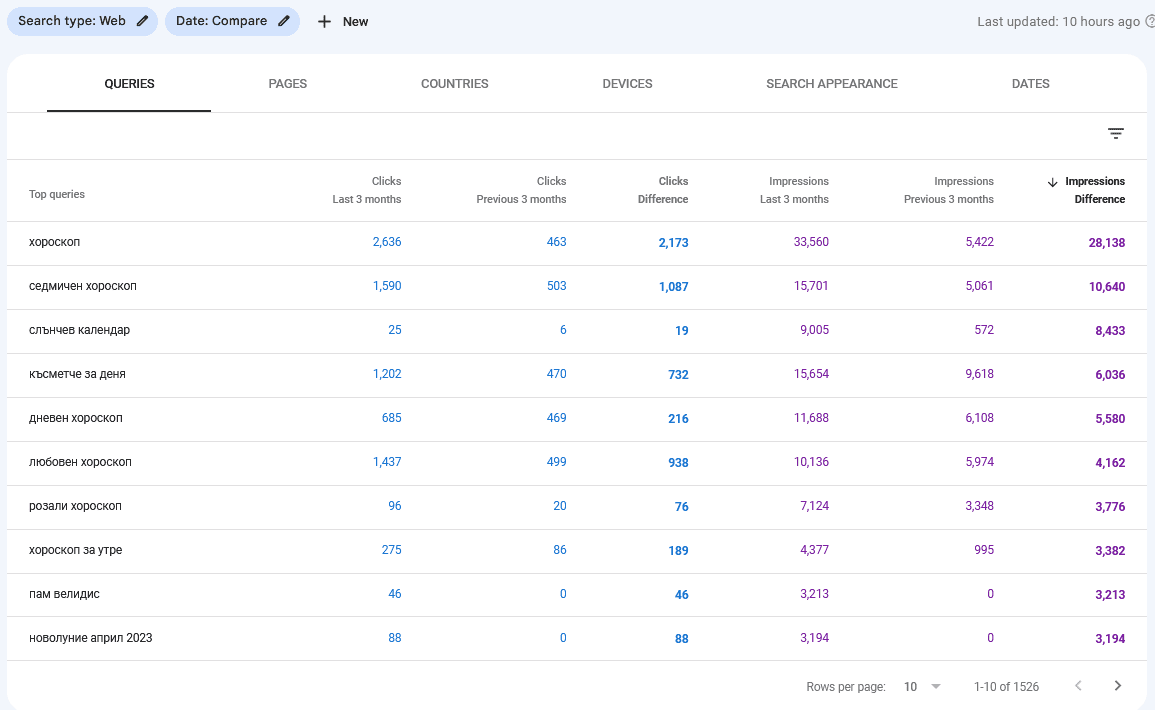
If you are facing similar issues and need SEO for your website, do not hesitate to contact us.
